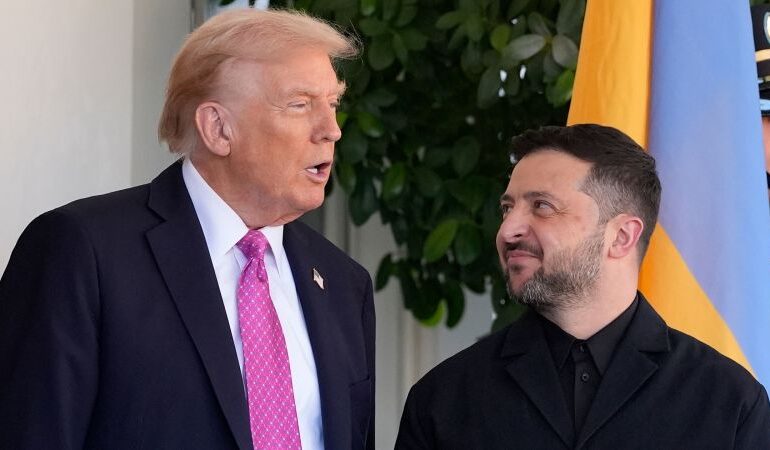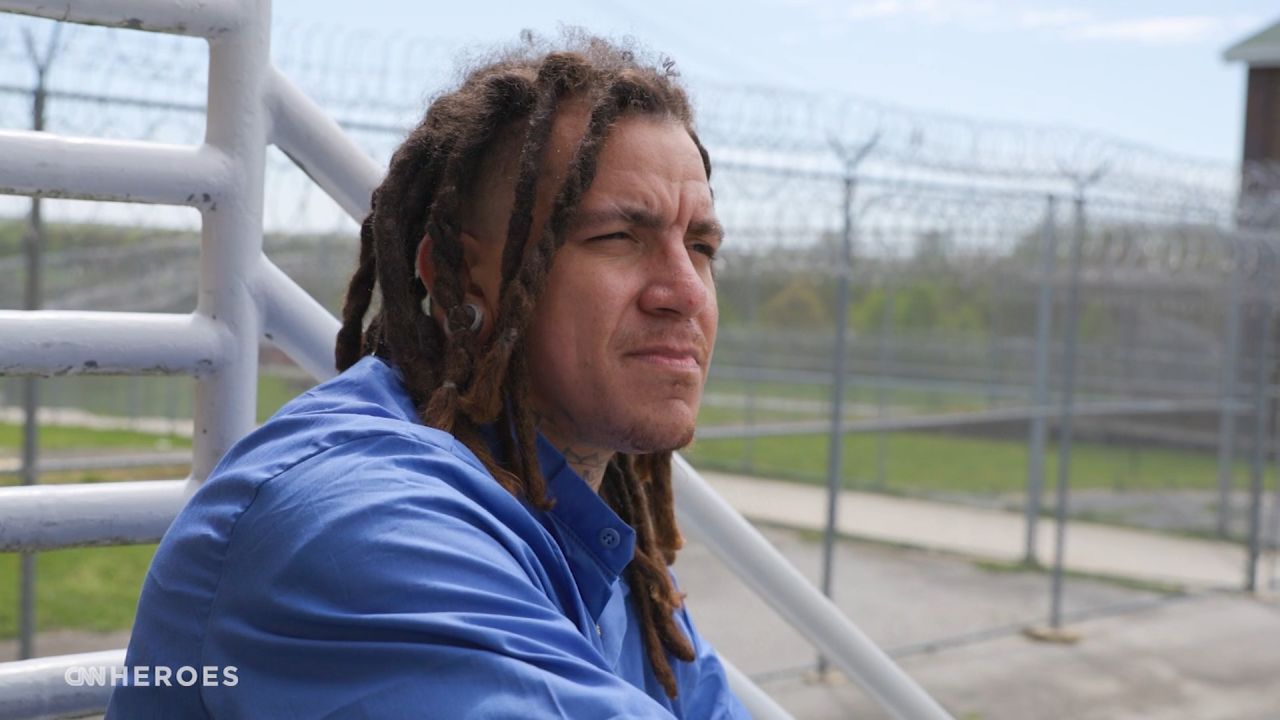Trump and Zelensky Meet: Ukraine Gains Support but Key Goals Remain Elusive

During a recent meeting between U.S. President Donald Trump and Ukrainian President Volodymyr Zelensky, the two leaders expressed a significant improvement in their diplomatic relationship. Despite the positive atmosphere, the critical objectives that Kyiv seeks remain largely unattained for now. Trump’s approach continues to favour dialogue with Russian President Vladimir Putin over a decisive military escalation, leaving Ukraine’s most desired outcomes still out of reach.
As the meeting concluded, Trump hinted at the potential for a ceasefire, stating, “They should stop where they are.” This statement aligns with Zelensky’s desire for a halt in hostilities, emphasizing the importance of dialogue after a prolonged conflict. “We have to stop where we are. This is important, to stop where we are, and then to speak,” Zelensky remarked during a press conference following the discussions.
Military Support and Strategic Ambiguities
Trump’s comments regarding military support for Ukraine included praise for the Tomahawk missile system. He characterized their effectiveness as “very dangerous” and acknowledged that their provision could signify a serious escalation in the conflict. “That is why we are here,” he stated, suggesting that the supply of such advanced weaponry was a central theme of the meeting. Despite this, Trump later tempered his remarks, indicating a preference for resolving the conflict without resorting to heavy military measures.
The logistics of supplying Ukraine with Tomahawk missiles present challenges. Typically launched from naval vessels, adapting these missiles for land use would take time, and the cost of each missile is approximately $2 million. This raises questions about whether Ukraine could justify the expense with effective targeting of high-value military or government infrastructure.
While Zelensky refrained from divulging specifics about the missile discussions, he characterized his outlook as “realistic.” The ambiguity surrounding their agreements reflects a cautious approach from both leaders, especially regarding the potential for escalation.
Shifting Dynamics in the Conflict
Trump’s recognition that he might have been “played” by Putin marks a notable shift in his perspective. He acknowledged, “I have been played all my life by the best of them, and I came out really well.” This admission may indicate a more nuanced understanding of the Kremlin’s strategies as Trump prepares for a future summit with Putin, the date of which remains unconfirmed.
The ongoing conflict has seen Ukraine maintain control over critical regions despite significant Russian military efforts. As winter approaches, the situation remains fluid, with intense battles ongoing. The resilience shown by Ukrainian forces in key areas like Pokrovsk, Kupiansk, and Kostyantynivka defies expectations, particularly given the challenges faced in recent months.
With winter looming, the harsh conditions may hinder Russian advances, offering Ukraine a strategic advantage. The Kremlin’s inability to secure significant territorial gains raises urgent questions about its military strategy and overall objectives. As the conflict continues, both sides face increasing pressure to deliver results, especially as economic challenges mount in Russia.
Amid these complexities, Zelensky has adapted his approach, engaging with NATO allies to bolster support for Ukraine’s defense capabilities. The evolving nature of the conflict has seen Europe step in to fill the void left by fluctuating U.S. support, a dynamic that could shape future military aid and strategic partnerships.
Looking ahead, the situation remains precarious. The interplay between military capability and diplomatic negotiations will likely define the coming months. As both leaders navigate this complex landscape, the stakes for Ukraine and its allies remain high, with the outcome of this conflict still uncertain.






